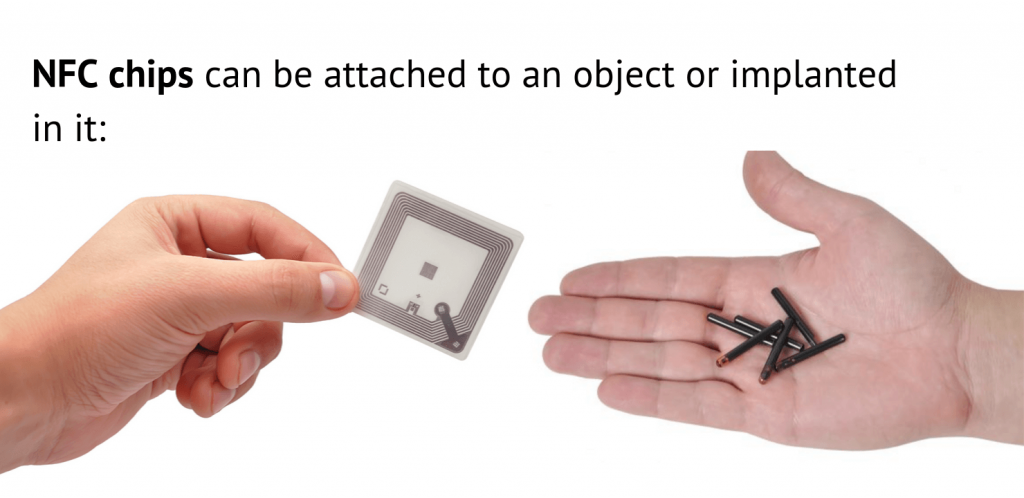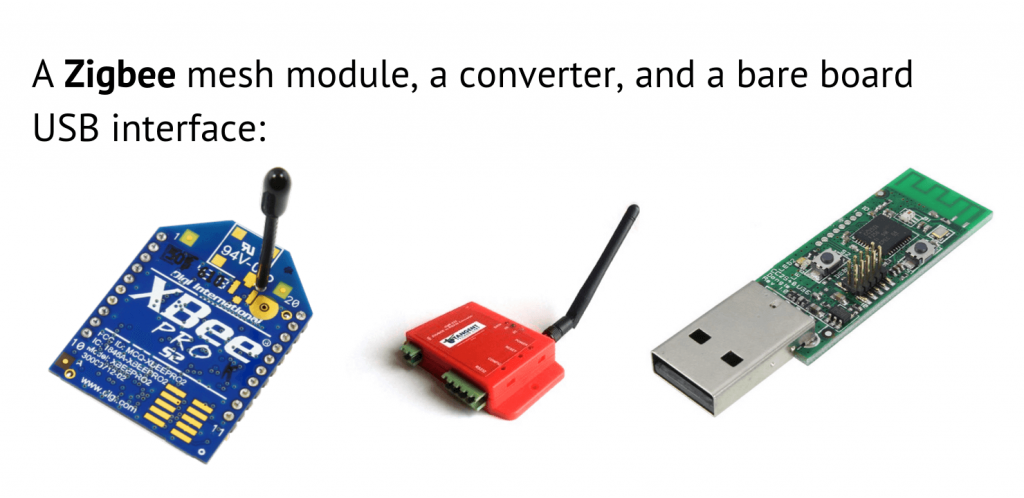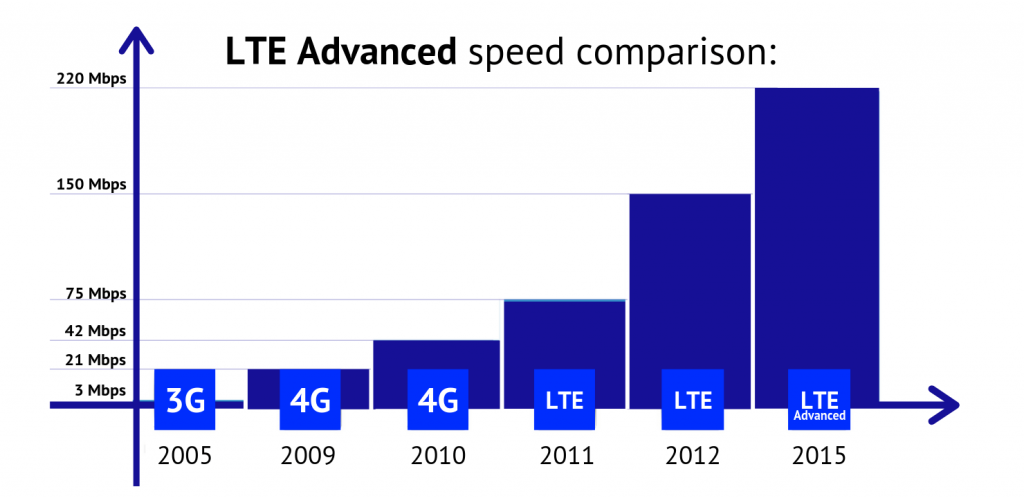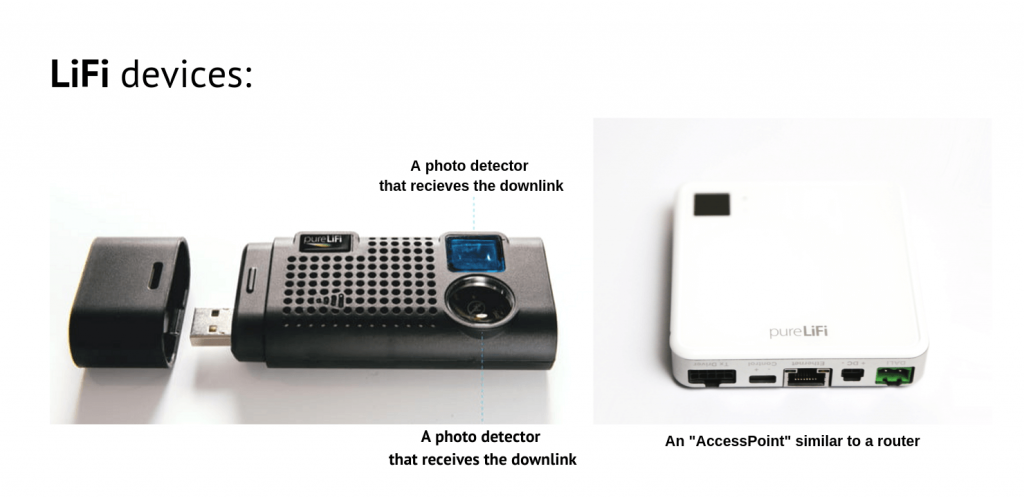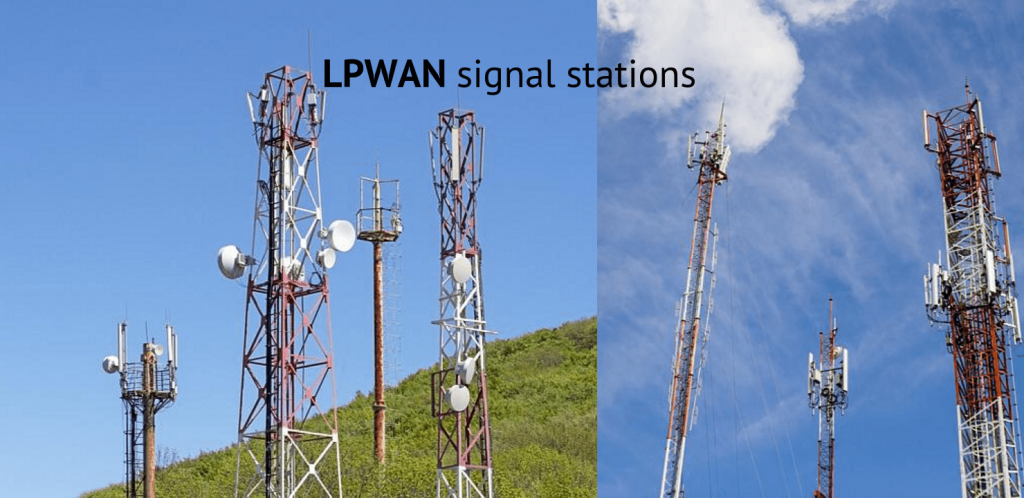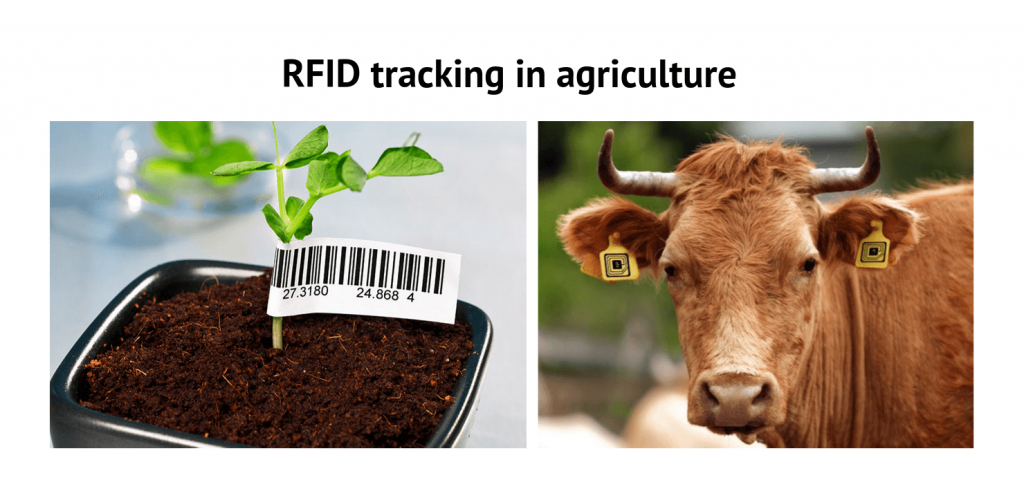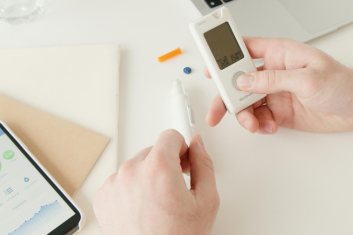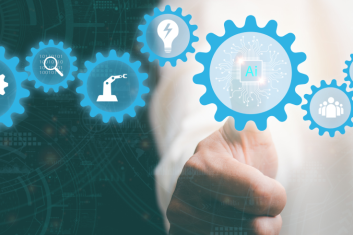The IoT, or Internet of Things, is a progressive technology that allows for building networks of any scale that allow different types of devices to collect, process, and share data among one another and the Internet.
Tracking and tagging are among the most important features the IoT provides.
Tracking is used when you need to know the location or position of an object, learn how it moves, obtain data on how to improve its route, and so on. Related functions include monitoring the environmental conditions of the objects, building systems for real-time observation, and creating robust communication networks for sharing data obtained from tracking activities.
The majority of these issues are addressed with the help of tagging technologies. This implies putting a tag, a small connected device, on an object for either constant or ad hoc observation.
IoT Object Tracking Technologies
RFID Tags
Radio-frequency identification is an IoT object management technology that uses electromagnetic fields. RFID allows for automatic identification and tracking of tags attached to objects.
RFID tags.
There are two types of RFID tags:
- Passive RFID tags. These do not have their own power source. Passive tags use radio waves created by an RFID reader to send a signal. These are mostly used in warehousing because of their simplicity: the tag is simply attached to the asset, and when it passes a reader, it is tracked when it passes a particular checkpoint.
Pros: Cheap tags cost only about $0.10 per piece, are small and lightweight, and can work up to 20 years.
Cons: Expensive wide-range RFID signal readers cost $10,000 or more, without sensors and memory storage. The tag must be within a few feet of a reader to be recognized.
- Active RFID tags. These tags have a small built-in battery and emit a tag’s unique identifier to a particular reader non-stop. The communication range between the tag and the reader is much bigger.
Pros: Assets equipped with active RFID tags do not have to pass particular checkpoints to be tracked. Additionally, active tags are sensor-enabled and able to collect data from the equipment.
Cons: Collected data still cannot be interpreted easily or sent to the cloud for Big Data analytics. The tags are more expensive — around $20 — and they weigh more and are larger. RFID labels can’t be read using a mobile phone, but only by special equipment.
BLE Beacons
[emaillocker]
Simply put, beacons are Bluetooth transmitters that can detect Bluetooth devices nearby and transmit various signals. They use Bluetooth Low Energy technology designed specifically for short-range communications. BLE beacons have a built-in CPU, battery, and a radio. There are various types of beacons:
- Standard ones the size of a router
- Small portable beacons, thin and lightweight
- USB beacons
- Parent beacons that track other beacons, process signals, and store data
Estimote BLE Beacons.
Beacons are usually a part of mobile solutions that help users find the right way, can push notifications, and share the location.
Pros:
- There are lots of beacon brands to choose from, like Aruba, Estimote, and Gimbal.
- They are not so expensive: $5-$30 approximately, depending on the battery type, signal range, and so on.
- Proximity beacons provide marketers with physical personalization and targeting advantages that they have never used before.
- Signal readers can be equipped with lots of different sensors to collect various kinds of data.
- There are some development kits on the market that allow you to design your specialized beacon with custom sensors and data payload.
Cons:
- The beacon market is mostly dominated by Apple and Google, which buy hardware from the above-mentioned companies.
- Managing a network of beacons can be a headache since they have a limited signal range. You may need lots of them to cover a large area.
- And if you use beacons from different vendors in one network, operational costs may increase.
- Battery replacement may be difficult or impossible without breaking the beacon.
[/emaillocker]
NFC
NFC, or Near Field Communication, has its origins in RFID — the previously mentioned technology that uses electromagnetic fields to encode and read information. NFC-enabled devices have built-in chips that are activated when coming in proximity to other NFC chips. The distance can’t be more than 20 centimeters but usually does not exceed 5 cm. Therefore NFC is a safe technology for two-way interactions.
- Active NFC devices such as smartphones can both send and receive data from other sources.
- Passive NFC devices can only send data so that other devices can read it.
NFC chips.
Pros:
- It is extremely easy to connect to the NFC chip.
- Data transmissions are fast and can be used for contactless transactions.
- NFC chips consume less power than, for example, RFID.
- The chips are well adapted to different uses, from credit cards to human implants.
Cons:
- NFC chips work in a very short range, which isn’t useful for many industries.
- As NFC-enabled mobile phones develop, they become prone to viruses.
Zigbee
Zigbee is a specification for a set of high-level communication protocols. These protocols are used to create personal networks for small areas with the help of small and low-power radios.
Zigbee hardware.
Zigbee was developed to cater to the needs of home automation enthusiasts, medical facilities that need to collect data, and other small-scale projects that require a wireless connection.
The Zigbee tagging solution was created to be a less expensive and simpler alternative to wireless personal area networks (WPAN), Bluetooth and WiFi.
Pros:
- Can still transmit data over long distances when used with mesh networks of intermediate devices.
- Allows for building secure systems.
- It has long battery life.
- There are open standards that allow you to mix devices from different suppliers.
Cons:
- Low power consumption limits the data transmission distance to 100 meters maximum, depending on the environment and power output.
- Network speed is limited to 200 kb/s for 866 Mhz and to 250 kb/s for 2.4 GHz range.
LTE Advanced
Long-Term Evolution, or LTE Advanced, is a standard of wireless broadband communication with improved capacity and speed for mobile devices and larger data terminals. Different LTE frequencies and bands operate in different countries so that only multi-band devices can use LTE where it is supported.
The standard is adopted globally and sometimes called a precursor of 5G.
LTE Advanced speed comparison.
Pros:
- LTE Advanced can be used to create the smallest cellular tracking devices.
- LTE-based trackers consume little energy and can last longer before recharging.
- LTE has been adopted in nearly every country. It offers a longer range and better signal penetration into buildings.
Cons:
- LTE coverage is sensitive to bandwidth and always depends on network loading.
- The longer the distance from the cell tower, the poorer the data performance.
- Applications may fail when network traffic is heavy.
LiFi
Light Fidelity is a technology that utilizes a wireless form of Visible Light Communication. A set of diodes emit light for high-speed communication. Binary data is transmitted to the photosensitive detector by regulating the intensity of LED light. The intervals between the light signals are nanoseconds so that the human eye can not detect it.
LiFi is considered the future of wireless Internet access and has been dubbed the next technology the whole world will be using after WiFi.
LiFi devices.
However, LiFi and WiFi are similar. LiFi uses the optical spectrum to send data and WiFi uses the radio spectrum; they work similarly.
Pros:
- In terms of range, you can receive data as long as you are in the range of the emitted light.
- The range then depends on the strength of the light. Installation costs are low since LiFi works with existing LED devices, which are widespread everywhere, work for years and consume little energy.
Cons:
- Any obstacle can interfere with the light signal.
- Compatible with only Infrared Data Association devices.
- Requires an LED system to be integrated with.
GPS
Global Positioning System is a satellite-based radio navigation technology used globally. GPS provides data on geolocation and time to every GPS receiver anywhere on or near Earth.
GPS was developed for the military but now is used for a variety of civilian applications, such as fleet management. It has high power consumption due to its constant search function, but it is still the most powerful tracking technology.
GPS application and devices.
GPS receivers and chips are affordable even for low budgets and provide an unlimited range.
Pros:
- GPS is already a mature technology, available globally.
- It’s easily accessible from mobile phones equipped with a GPS receiver.
- High accuracy when the signal is not interrupted — up to 3.5 meters.
- Pretty secure and not invasive.
Cons:
- Certain obstacles such as buildings block weak GPS signals.
- Possible threats to accuracy are buildings, mountains, atmospheric effects, sky blockage.
- It consumes a lot of energy.
- Requires a specific type of a compatible receiver — different manufacturers have different formatting.
- Possible security threats come from the receivers and server communication methods.
LPWAN
LPWAN, Low Power Wide Area Networks, is a type of wireless communication created according to the needs of IoT devices. This offers long-distance communication at a low bit rate among connected objects, and the ability to create a private wireless sensor network.
LPWAN signal stations.
Related popular technologies, some of them competing ones, include:
- NB-IoT — a standardization effort for LPWAN in cellular networks. Evolved from NB-CIoT by Huawei.
- LoRaWAN, which uses a chirp spread spectrum radio modulation with LPWAN.
- DASH7 — low-latency firmware standard, operates over LPWAN.
Pros:
- Low power consumption.
- Wide area coverage.
- Low bandwidth – most IoT devices send small packages of data, thus reducing the system cost.
Want to build an IoT app? We’re ready to help you with tracking technologies and hardware!HQSoftware has a team of skilled professionals ready to tackle the project. Let’s talk!
Anna Halias
Business Development Manager,
HQSoftware
Cons:
- There are various standards; some of them are not open.
- Some of the standards have no downlink communication.
- WiFi and Bluetooth signals, as well as buildings, can interfere with the LPWAN signal.
What Businesses Benefit From IoT Tracking Solutions
Commercial Organizations
RFID
RFID allows commercial organizations to manage equipment, stock, and tools — in other words, to manage asset tracking with IoT. No manual data entry is needed.
In supply chain management, vendors place RFID tags on all shipments to improve the process. Amazon is one well-known example, using RFID tags for supply chain and asset management.
RFID is also a perfect fit for object-tagging on the level of individual items. Inventory control is improved by tagging items, which also secures them from potential theft by customers and employees. Leaving the shop, visitors have to pass an RFID detector. If they are carrying items with active tags, the detector starts an alarm and identifies exactly what has been stolen.
BLE Beacons
Store marketers can get valuable customer insights using BLE beacons inside the store. Beacons can provide retailers with information such as:
- How long customers spend in their stores on average.
- What aisles they visit the most;
- How exactly they move across the aisles.
This data allows the company to gain a better understanding of customers and could be used to do retargeting at stores.
Also, marketers can create geo-targeted promotions and special offers and send a push notification to customers who are near or inside the store. This boosts open rates significantly.
NFC
NFC improves customer service for commercial businesses of various types. Customers can choose contactless payments with NFC and get through the checkout queue faster. Visa, among others, implemented contactless payments long ago.
Zigbee
Businesses that develop smart home automation systems use Zigbee due to its low operating costs and low power consumption. For example, Nest thermostats, Comcast routers, and Philips Hue lightbulbs have Zigbee chips inside.
Philips Hue lightbulbs with Zigbee.
LiFi
Shops use displays for advertising that emit light, and this is where LiFi can be applied. With this display light, it is possible to transmit advertising information about the goods on the display. This will blend the offline shopping experience with LiFi tracking solution capabilities.
Industrial Businesses
BLE Beacons
BLE beacons help industrial organizations manage their inner processes by:
- Tracking equipment position and movement
- Replacing periodic manual checks with automated continuous monitoring of assets
- Preventing critical incidents by monitoring whether assets are dropped or crashed
- Preventing human errors
The automotive IoT industry can benefit from using BLE beacons in test labs — beacons and Bluetooth signal readers help detect which testing room the car is passing now.
NFC
NFC provides advantages such as a higher level of security for physical access and logical access control to specialized machinery or operation panels.
Machines can be enhanced by building in a smarter way for them to connect. Galvanically isolated or battery-less devices can still perform device-to-device communication when they use NFC chips.
Zigbee
Zigbee is sometimes used at industrial facilities to support a set of remote monitoring solutions. These chips fit companies that have one large facility. When the facilities are geographically dispersed and need to scale, the network setup and management costs increase, and other technologies overshadow Zigbee.
LTE Advanced
LTE has been adopted universally across industrial IoT solutions as a means of asset tracking. Many companies already offer LTE asset tracking solutions with benefits that include:
- Providing instant notifications about notable events, such as unauthorized asset access
- Creating reports automatically
- Creating a map of how all the assets move in real-time
- Sending alerts for preventive maintenance
LPWAN
Power utilities have been early adopters of LPWAN due to its particular benefits. LPWAN perfectly aligns with the objectives of power utilities: saving energy to optimize cost and minimizing energy transmission losses and power outages. Caribbean Utilities is among those using LPWAN.
LPWAN is applied in industrial power utilities to:
- Monitor renewable energy installations
- Optimize performance at solar energy plants
- Monitor liquid levels in storage tanks
Healthcare Facilities
RFID
RFID tracking solutions are helping healthcare facilities manage medical equipment, monitor environmental conditions, and protect staff and patients from various hazards. The most popular use is in incorporated solutions: RFID tags plus web software. The software helps medical staff keep track of where tagged staff or pieces of equipment are.
For healthcare facilities, controlling access is important. A simple solution is an RFID identification badge, a perfect replacement for magnetic stripe cards. A surgeon, for example, can wear a badge that will be identified by a reader within a certain distance from the operating room door; the reader will grant access only to those allowed to join the surgery team.
RFID tracking in healthcare.
Vehicles that deliver medical supplies can carry such badges, too. These will allow entrance to controlled areas automatically. There is no need to stop the vehicle to enter the code or show the badge.
BLE Beacons
BLE beacons are a perfect fit for indoor navigation. For large healthcare facilities, it is sometimes crucial to provide visitors or doctors with fast and precise indoor navigation, which is easy with beacons. The accuracy can be up to 1 meter.
NFC
In healthcare IoT systems, NFC helps doctors know more about their patients. NFC can be used to track a patient’s location, when nurses have visited that patient, and what treatment was administered. NFC wristbands are already manufactured by a range of suppliers and used in hospitals.
Such wristbands can monitor patients’ health at home, too. Simply using a smartphone to send data from a wristband to the doctor makes it easier for both sides to track vital health parameters.
Zigbee
For healthcare, Zigbee helps build real-time monitoring systems for patients. One goal for healthcare facilities is to cut costs on IoT solutions development, and Zigbee helps a lot. Zigbee-powered IoT systems can collect data about patients and send them through a transceiver, which also works with Zigbee.
GPS
In emergency healthcare, precise tracking and perfect timing are everything. The faster dispatchers can determine the location of an accident and emergency vehicles, the quicker they can set the route to the place where emergency response personnel are desperately needed. GPS helps to solve these issues.
GPS is a perfect fit for emergency services. They need to know where the closest emergency team and a vehicle are, and rapid dispatching can be a matter of life and death.
GPS also allows for mobile tracking of the employees. Dispatchers can verify whether personnel is arriving at the patient location in time, and if necessary the dispatcher can mobilize another crew quickly.
LiFi
This technology actually has the potential to save lives. Wireless data connectivity within the healthcare sector between different objects often produces electromagnetic pollution that can cause problems with life-saving machines. Their stable work and data transmission can be interrupted. That’s why it is not recommended, for example, that WiFi be used near an MRI scanner.
LiFi healthcare projects always allow for using geolocation and geofencing services with no interruption to other machines. A LiFi solution will help in exchanging patient-sensitive data securely and with enhanced operational efficiency.
LTE
The Federal Communications Commission of the USA has opened up wireless broadband networks for enterprises for personal use. This allows healthcare businesses to run their own secure wireless networks using LTE technology for better mobile coverage in large buildings.
Private LTE networks are local healthcare facility networks that use dedicated radio equipment and connect to IoT applications and services. Such networks are not affected by traffic fluctuation. Because they use dedicated equipment, such networks can be tweaked for better performance.
With the help of private LTE systems, medical professionals will get patient data analysis in real-time and with no delays, no matter what part of the building they are in. Nokia, for example, has already been building such networks for some time.
Logistics
RFID
RFID tracking is widely used in the logistics industry. The railroad industry benefits from RFID tags placed on rolling equipment, which provides data on the owner, ID number, and type of equipment.
On commercial airlines, RFID tagging helps identify baggage and cargo for many airports and airlines.
Some countries use RFID tags to identify cars and trucks, to reduce the number of vehicles being driven without a valid license. For example, the Bermuda Transport Control Department has been doing this since 2007. With such a tag you will always find a stolen car.
Retail uses RFID to improve logistics too, as Inditex does.
NFC
Logistics and transportation businesses can utilize NFC to scan tickets and train passes, thus improving customer service. Travelers can store tickets, passes, and loyalty cards in their smartphone and activate them with just a tap.
GPS
Of course, GPS is the most ubiquitous technology here. In fleet tracking, GPS is used to identify and locate numerous fleet vehicles and maintain contact with them. Vehicle tracking systems use GPS to locate objects that carry GPS chips. The tracking solution can then continuously watch the vehicle and notify when the target leaves a particular area.
LiFi
Traditional vehicle lights are being replaced with LED bulbs, which allow for applying LiFi technology. With LiFi, cars could detect each other on the road and communicate with each other — an important aspect of anti-collision systems. Car-to-car communication would also allow for exchanging data on driving conditions between the vehicles.
LTE Advanced
LTE can be paired with other technologies for better results. For example, US Fleet Tracking is a leading developer of GPS plus LTE-based tracking solutions for fleet monitoring. The key features of such solutions are the ability to track fleet movement in real-time, and the ability to send data and communicate with other devices over a longer distance.
LPWAN
For logistics companies, the benefits of LPWAN applications are numerous. LPWAN helps to:
- Establish real-time traceability for assets and vehicles
- Carry out predictive asset maintenance
- Optimize routes for vehicles
- Assess fault detection and resolution
- Detect and prevent road threats
For example, a Singapore company uses LPWAN to track one million bikes across the island nation. A bike-sharing application is powered by LPWAN: when a user ends his ride, the bike signal detects its location on the map. A bike can then send its location data periodically to the cloud using LPWAN.
Agriculture and Food Supplies
RFID
Tagging cattle is one of the most profitable RFID implementations for food production. For example, European Union laws require sheep and goats to carry RFID tags to control diseases and livestock movement.
RFID tracking in agriculture.
Food may be tagged, too, to prevent theft from grocery stores. RFID tagging may also help in reducing food contamination and poisoning. MIT readers can sense changes in signals emitted from the tags when they interact with food. Then a Machine Learning algorithm interprets data to predict whether this food is contaminated.
GPS
GPS tagging solutions are an important part of precision farming. GPS helps to perform:
- Precision plowing: GPS helps place furrows in the field precisely.
- Planting and fertilization: after the field is plowed, GPS data is used to precisely place seeds in the furrows.
- Field mapping: GPS determines the actual field boundaries, helping farmers rely on precise data, not visual cues.
- Yield monitoring: a mass flow GPS sensor
- Efficient farming: GPS provides a more cost-effective alternative to previous methods of planting and harvesting.
LPWAN
LPWAN types have varying technical specifications that suit different industries. For example, LoRaWAN is perfect for building private networks that can cover oil refineries — or farm operations. That’s because LoRa provides higher throughput and supports larger file sizes, but it has a lower range, which is not a vital feature here.
Agriculture IoT farming may benefit the most from LPWAN. Farmers can access their LPWAN-powered management systems with one gateway that connects about 100 farms in real-time. When the farm is connected, LPWAN is ready to be used in the following devices:
- Soil moisture measurement devices
- Water level monitors
- Gate security sensors
- Cattle hygiene monitors
Picking the Right IoT Tracking Solution
This diverse set of technologies may seem confusing at first glance, but a deeper look at your business will help you choose the right technology.

HQSoftware Founder
Having founded the company in 2001, uses his broad knowledge to drive the company forward. Ready to share his wisdom on software development and technology insights
Related Posts
View All
We are open to seeing your business needs and determining the best solution. Complete this form, and receive a free personalized proposal from your dedicated manager.

Sergei Vardomatski
Founder


